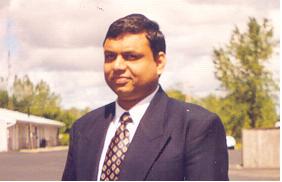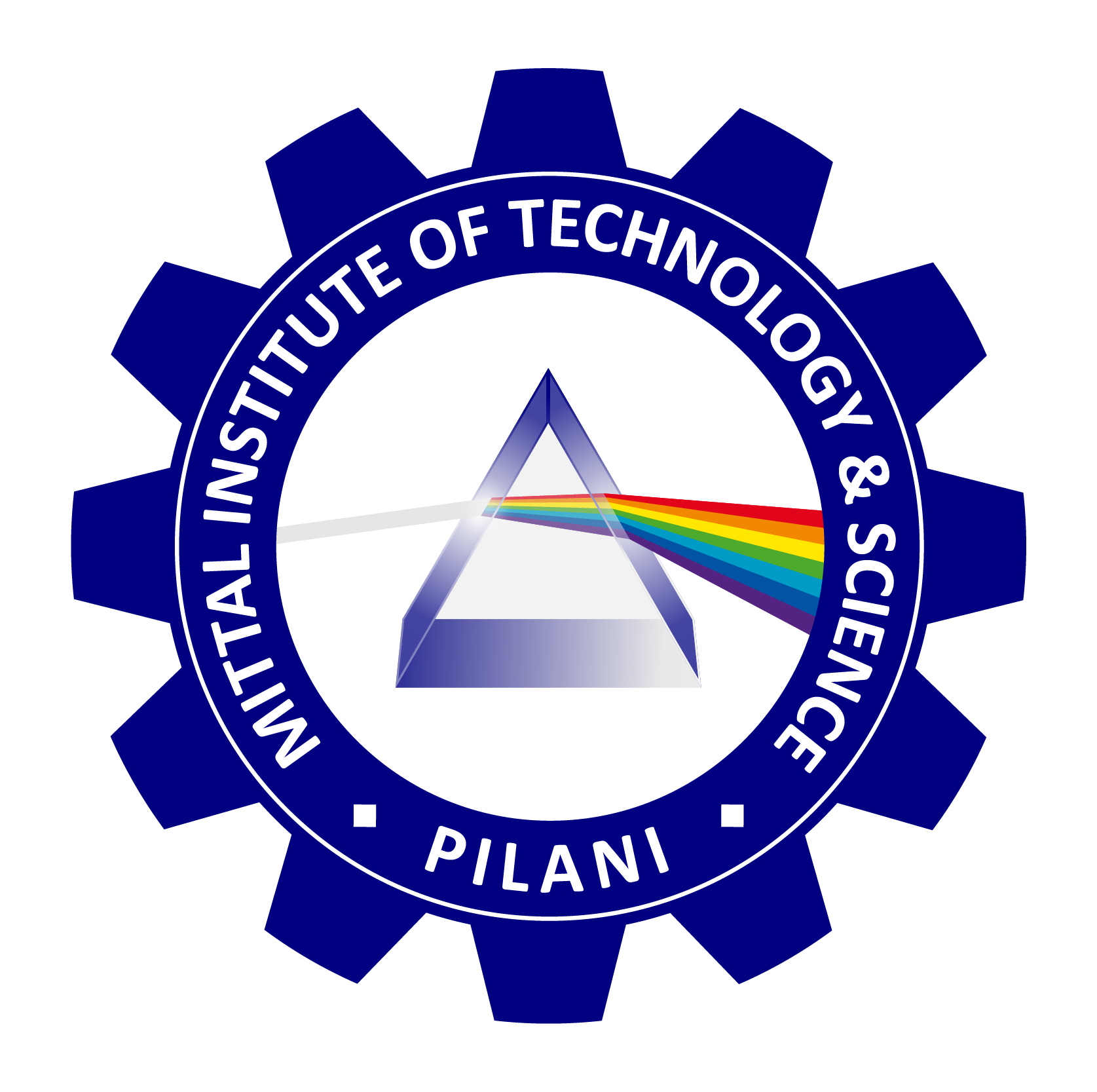
MITTAL INSTITUTE OF TECHNOLOGY & SCIENCE, PILANI
Satellite Communications
Satellite communications have become a backbone of modern telecommunications, playing an essential role in global communications, defense systems, weather forecasting, and scientific research. As this field intersects with computer science, telecommunications, and aerospace engineering, it presents numerous technological, physical, and infrastructural challenges. This essay delves into the technology behind satellite communications, the physical principles involved, the infrastructures and architectures deployed, prominent agencies and standards, the spectrum bandwidth used, and the equipment necessary for communication. We will also explore its applications, the educational pathways available, and the role of software development in this field.
- Technology and Physical Principles of Satellite Communications
Satellite communications involve transmitting and receiving signals from Earth to satellites and vice versa using electromagnetic waves. These signals travel through the atmosphere and the vacuum of space, necessitating knowledge of physics, orbital mechanics, and wave propagation.
Key technologies include:
- Satellite Transponders: These are devices that receive signals from Earth, amplify them, and retransmit them to the Earth in another frequency band (uplink and downlink). They are responsible for maintaining the integrity of communication signals.
- Antenna Systems: Ground stations and satellites use highly directive antennas, such as parabolic reflectors, to focus signals into narrow beams. These beams minimize interference and maximize signal strength over long distances.
- Modulation and Multiplexing Techniques: To transmit large volumes of data, modulation schemes (like QPSK, BPSK, or QAM) and multiplexing techniques (such as TDMA, FDMA, or CDMA) are essential to efficiently manage bandwidth and increase the robustness of communication.
- Orbital Mechanics: Understanding satellite orbits (geostationary, medium Earth orbit, and low Earth orbit) is crucial for communication coverage and latency management. Geostationary orbits (GEO) are used for continuous coverage over a specific area, while low Earth orbits (LEO) provide faster latency but require constellations of satellites for global coverage.
The physical principles guiding satellite communication include:
- Electromagnetic Wave Propagation: Satellites communicate using various radio frequencies, which are affected by atmospheric conditions, ionospheric layers, and the curvature of the Earth. Engineers must consider these factors to reduce signal attenuation and ensure reliable transmission.
- Doppler Effect: Due to the relative motion between satellites and ground stations, the frequency of received signals may change, requiring frequency shift adjustments, especially in LEO systems.
- Infrastructure and Architectures
The infrastructure supporting satellite communications includes satellites (in different orbits), ground stations, and communication networks. The basic satellite communication architecture comprises:
- Ground Stations: These serve as the primary hub for transmitting and receiving data. They include control stations for monitoring and operating satellites, telemetry, tracking and command (TT&C) systems, and uplink/downlink facilities.
- Satellites: The satellite itself has transponders, antennas, solar panels for power, and propulsion systems for orbital corrections. Depending on the mission, satellites may carry multiple payloads, including communication equipment, sensors, or cameras.
- Network Architectures: Communication between Earth stations and satellites typically follows a star or mesh topology. In some cases, inter-satellite links are established, allowing satellites to relay data to one another, forming a space-based network or a mesh architecture (such as in LEO constellations).
- Gateway Stations: These are intermediary facilities that connect satellite networks to terrestrial networks, ensuring seamless integration of satellite communications with the internet and other communication infrastructures.
- Prominent Agencies and Standards
Many prominent agencies are involved in satellite communication technology:
- NASA (National Aeronautics and Space Administration): Specializes in scientific and communication satellite development.
- ESA (European Space Agency): Leads in satellite-based space exploration, telecommunications, and remote sensing.
- ISRO (Indian Space Research Organisation): Focuses on communications, navigation, and Earth observation satellites.
- SpaceX: A private space organization pushing the boundaries of low-latency, global satellite communications with its Starlink satellite internet project.
- ITU (International Telecommunication Union): Defines the international standards and spectrum allocation for satellite communications.
- Spectrum Bandwidth and Standards
Satellite communications operate in several radio frequency bands, each with its own characteristics. The most common frequency bands are:
- L-Band (1-2 GHz): Used for mobile satellite services, GPS, and maritime communication.
- C-Band (4-8 GHz): Widely used for commercial fixed satellite services due to its resistance to rain fade.
- Ku-Band (12-18 GHz): Used for direct broadcast services like satellite TV and internet services.
- Ka-Band (26.5-40 GHz): Becoming popular for high-speed data transmission in modern satellite communications.
- V-Band (40-75 GHz): Proposed for future satellite networks for ultra-high-speed data transfer.
Standards such as DVB-S (Digital Video Broadcasting – Satellite) and DVB-RCS (Return Channel via Satellite) are commonly used for satellite TV and broadband internet services, while CCSDS (Consultative Committee for Space Data Systems) provides international standards for data exchange in space missions.
- Equipment Used in Satellite Communications
- Satellites (Transponders, Antennas): Spaceborne equipment that handles data transmission and reception.
- Earth Stations: Ground-based antennas, often parabolic dishes, equipped with amplifiers, converters, and modems for signal processing.
- Mobile Terminals: Portable satellite phones and VSAT (Very Small Aperture Terminal) units for remote communications.
- Signal Processing Equipment: Modems, multiplexers, and error-correction systems for efficient data transmission.
- Applications in Government, Civil, and Defense Communications
Satellite communication is vital for:
- Government Applications: Public safety, disaster recovery, and e-government services rely on satellites for global connectivity.
- Civil Applications: Weather forecasting, air traffic control, maritime communications, telemedicine, remote education, and internet access in remote regions.
- Defense Communications: Secure communication for military operations, surveillance, navigation (GPS), missile guidance, and intelligence-gathering activities.
- Educational Courses and Research Laboratories
Universities worldwide offer specialized courses in satellite communications, often as part of aerospace engineering, telecommunications, or computer science programs. Notable institutions include:
- MIT (Massachusetts Institute of Technology): Offers courses in satellite engineering, communications theory, and space systems.
- Stanford University: Has a robust satellite communications program, covering topics like wireless communication and satellite orbits.
- BITS Pilani: Offers satellite communications courses under its engineering programs.
- MITS ( Mittal Institute of Technology & Science) Pilani: Offers satellite communications courses at various levels including research.
Research laboratories, such as NASA’s Jet Propulsion Laboratory (JPL) and ESA’s Space Research and Technology Centre (ESTEC), contribute significantly to advances in satellite communication technology.
- Software Development in Satellite Communications
Software plays a crucial role in satellite operations, from design to real-time communication. Areas of software development include:
- Satellite Simulation and Design Software: Tools like STK (Systems Tool Kit) help in simulating satellite orbits, signal coverage, and mission planning.
- Ground Control Systems: Software systems for monitoring satellite health, telemetry analysis, and orbital corrections.
- Communication Protocols and Encryption: Developing and implementing secure communication protocols, error-correction algorithms, and encryption mechanisms for secure data transmission.
- Network Optimization: Managing satellite network traffic, minimizing latency, and ensuring bandwidth efficiency using specialized algorithms and network management software.
Satellite communications have grown from niche applications into a critical technology supporting global communications, scientific research, and defense. For advanced computer scientists, telecommunication engineers, and rocket scientists, the field offers a rich intersection of software development, telecommunications, and aerospace engineering. Understanding the underlying principles, technologies, and infrastructures of satellite communications is essential for those working at the cutting edge of this field, and the ongoing research and development promise even greater innovations in the near future.

Professor Rakesh Mittal
Computer Science
Director
Mittal Institute of Technology & Science, Pilani
